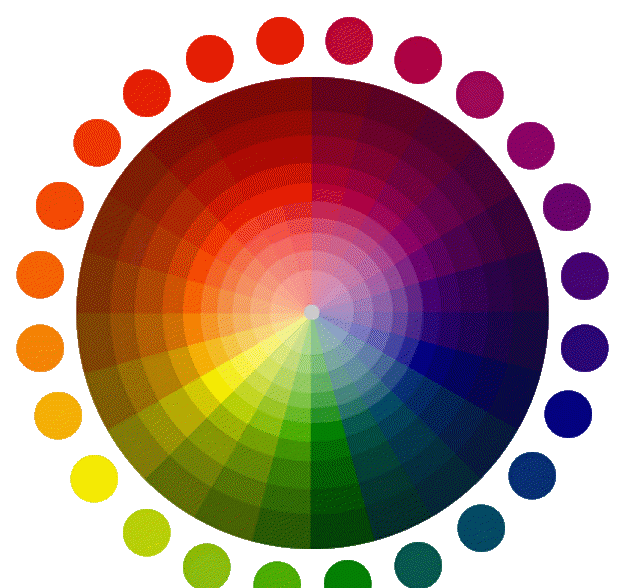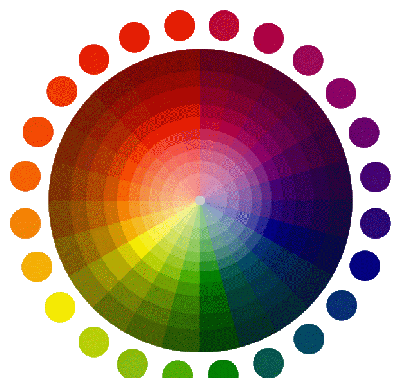Most people believe that the color we see when we close our eyes is black, but in reality, it is a unique dark shade of gray called "eigengrau." Although this German term is not widely used in scientific papers, it sheds light on how our eyes perceive the world around us. This color translates to "intrinsic gray" or "brain gray." In the case of eigengrau, Gustav Fechner, a pioneer in experimental psychology, observed that even in complete darkness, whether in a pitch-black room or with eyes closed, people still perceive hints of gray.
The eye is an incredibly complex and amazing organ, but when it comes to transmitting what we see to the brain, it relies on two types of cells: rods and cones. In simple terms, cone cells detect color, while rod cells focus on light and contrast, primarily in black and white. In low-light conditions, the brain depends more on rod cells than cone cells, which continue to capture as many photons (essentially light particles) as possible. When the eyes are closed, rod cells cease to function and send signals to the brain, creating the illusion of seeing a small hint of light, thus perceiving gray instead of deep black, or eigengrau. After rubbing the eyes, we may notice flashes, swirls, or spots of light known as phosphenes.




